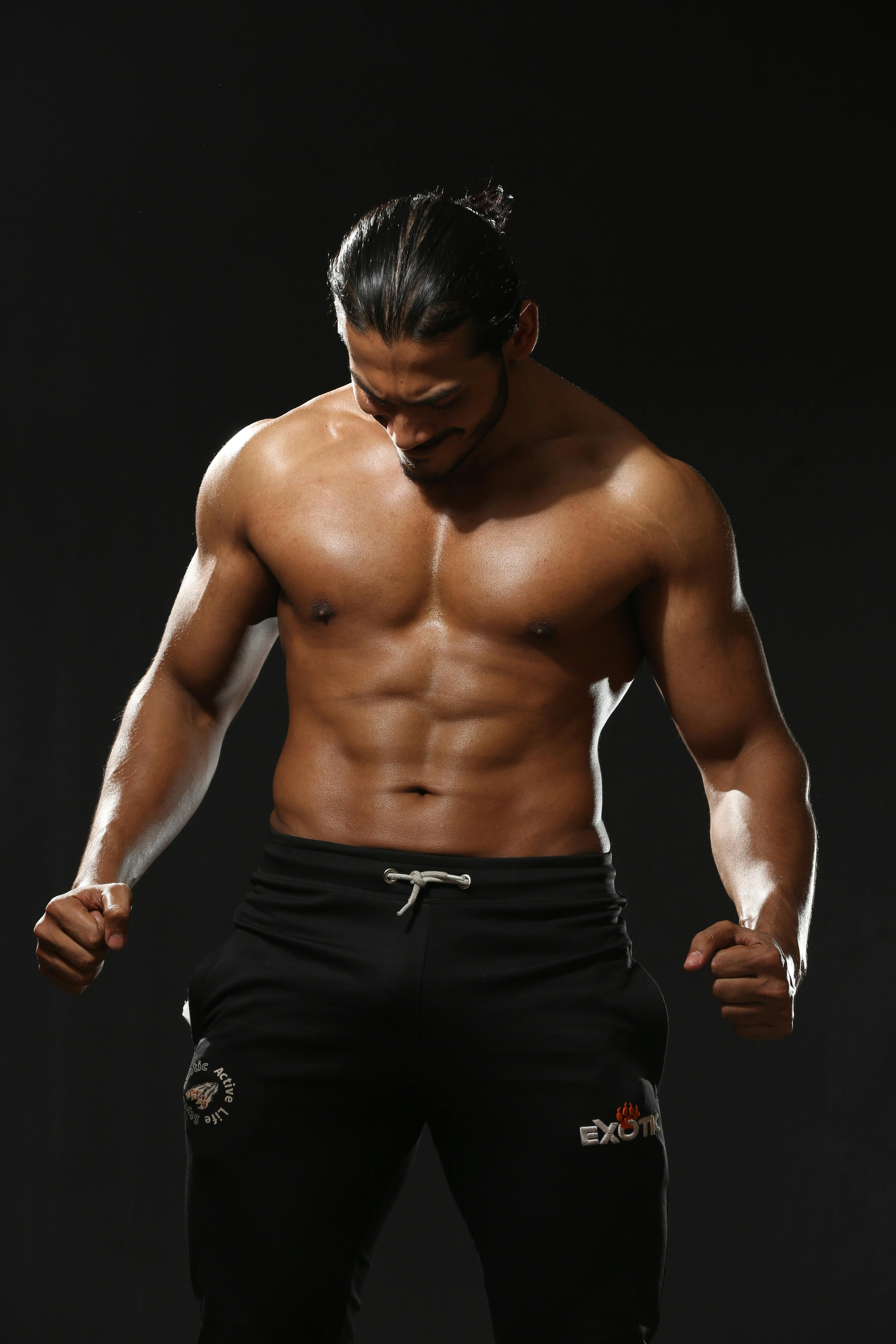
Want to be a Yo-Yo Master?
 Want to be a Yo-Yo Master? Easy yo-yo tricks are the place to start. Even if you’ve never held a yo-yo in your hand, there are some fun, basic tricks you can learn in no time! Easy yo-yo tricks like The Thrown Down and The Sleeper, build upon each other. So once you get the hang of some essential yo-yo maneuvers, you’ll be ready to take on some bigger challenges — and maybe even put on a yo-yo show for your parents, teachers, and friends. You might not get them on the first try, but don’t give up! With a little determination, the yo-yo tricks you learn are sure to amaze and entertain. Get started with this classic up-and-down yo-yo trick. Master the simple maneuver that opens tons of yo-yo tricks. Learn the important skill that’s used in 90 percent of yo-yo tricks. Learn how to throw and catch the perfect Forward Pass. Get a leg up on this ground-spinning yo-yo trick. Swing your yo-yo in a full 360-degree arc! Take your yo-yo for a quick spin over your arm to the floor. Pull off the first step to more challenging string yo-yo tricks. Entertain your friends and family with the most popular yo-yo trick of all time. Make a wish and send your yo-yo out for three loops. Defy gravity with a yo-to trick that does a Michael Jordan mid-air hang. Flick a Sleeper with reverse backspin. Get laughs with this funny yo-yo antic. Amaze everyone with the most beautiful yo-yo trick of all.
Want to be a Yo-Yo Master? Easy yo-yo tricks are the place to start. Even if you’ve never held a yo-yo in your hand, there are some fun, basic tricks you can learn in no time! Easy yo-yo tricks like The Thrown Down and The Sleeper, build upon each other. So once you get the hang of some essential yo-yo maneuvers, you’ll be ready to take on some bigger challenges — and maybe even put on a yo-yo show for your parents, teachers, and friends. You might not get them on the first try, but don’t give up! With a little determination, the yo-yo tricks you learn are sure to amaze and entertain. Get started with this classic up-and-down yo-yo trick. Master the simple maneuver that opens tons of yo-yo tricks. Learn the important skill that’s used in 90 percent of yo-yo tricks. Learn how to throw and catch the perfect Forward Pass. Get a leg up on this ground-spinning yo-yo trick. Swing your yo-yo in a full 360-degree arc! Take your yo-yo for a quick spin over your arm to the floor. Pull off the first step to more challenging string yo-yo tricks. Entertain your friends and family with the most popular yo-yo trick of all time. Make a wish and send your yo-yo out for three loops. Defy gravity with a yo-to trick that does a Michael Jordan mid-air hang. Flick a Sleeper with reverse backspin. Get laughs with this funny yo-yo antic. Amaze everyone with the most beautiful yo-yo trick of all.
![]() Muscle dysmorphia: why are so many young men suffering this serious mental health condition? Ieuan Cranswick does not work for, consult, own shares in or receive funding from any company or organization that would benefit from this article, and has disclosed no relevant affiliations beyond their academic appointment. Leeds Beckett University provides funding as a member of The Conversation UK. Body image concerns among men are increasingly common and can have a serious impact on mental health. And for an estimated one in ten young men who go the gym in the UK, these body image concerns can result in a mental health condition known as muscle dysmorphia. Though researchers are only just beginning to understand the complexities of the condition, Read more it appears young men are currently being affected by it at a higher rate compared to other populations. It’s believed there are many reasons driving this, but researchers have found that media and social media pressure, alongside changing ideas of masculinity may both be major causes.
Muscle dysmorphia: why are so many young men suffering this serious mental health condition? Ieuan Cranswick does not work for, consult, own shares in or receive funding from any company or organization that would benefit from this article, and has disclosed no relevant affiliations beyond their academic appointment. Leeds Beckett University provides funding as a member of The Conversation UK. Body image concerns among men are increasingly common and can have a serious impact on mental health. And for an estimated one in ten young men who go the gym in the UK, these body image concerns can result in a mental health condition known as muscle dysmorphia. Though researchers are only just beginning to understand the complexities of the condition, Read more it appears young men are currently being affected by it at a higher rate compared to other populations. It’s believed there are many reasons driving this, but researchers have found that media and social media pressure, alongside changing ideas of masculinity may both be major causes.
Sometimes referred to as “bigorexia” or “reverse anorexia”, people with muscle dysmorphia believe their body is too small, skinny, or insufficiently muscular – even though the opposite may be true. This distorted view causes a preoccupation with becoming overly muscular and lean, often leading to the development of dangerous habits, Prime Boosts Official such as excessive weight training, restrictive dieting and the use of substances such as anabolic steroids. It can also lead to anxiety, depression and may affect their daily life. But currently diagnosing muscle dysmorphia is still difficult. Though several self-report surveys exist to help physicians diagnose patients, these surveys only assess related symptoms (such as a desire for bigger muscle, or body image issues) rather than offering a robust diagnosis. Diagnosis also relies on patients meeting a specific set of criteria, such as having a preoccupation with being lean and muscular, weight lifting excessively and dieting. But since so many different methods are used to diagnose muscle dysmorphia, this can make fully understanding the condition difficult.
However, in general, most experts agree people with muscle dysmorphia tend to engage in steroid use, have symptoms of eating disorders (such as compulsive exercise and www.PrimeBoosts.com eating habits) and higher body dissatisfaction, usually with their general appearance, weight and muscularity. People with muscle dysmorphia also tend to have lower self-esteem, higher anxiety levels when their physique is exposed, higher rates of depression, and obsessive compulsive behaviours towards exercise and diet. For example, people may prioritise training over work or social activities or strictly eat every three hours to ensure muscle gain. And if these behaviours are disrupted, it causes anxiety and emotional disturbance. Muscle dysmorphia tends to affect men in their mid-20s to mid-30s, though average age of onset is 19 years old. Research suggests it’s most common in weightlifting and bodybuilding communities. However, research also shows almost 6% of US students have it. Another study found 4.2% of women and 12.7% of men in the US military have muscle dysmorphia.
So while it appears to predominantly affect young men, rentry.co there’s limited research on its prevalence in other populations. There are many reasons a person may develop muscle dysmorphia, and it’s unique to each person. However, research suggests that the media (and social media), as well as pressure from family and friends, are likely causes. For example, media portrayals of men over time have become more muscular. Specifically, over several decades male models in magazines have become significantly larger and Visit site leaner. Even male action figures have changed over time, becoming unrealistically muscular. Muscle dysmorphia is linked to the belief that a muscular physique is ideal. So being exposed to these images and ideals in the media may cause concern and a distorted view of one’s body. Studies also show social media use is directly linked to the idolisation of muscularity in young boys. Viewing images of fit people on social media also predicts a fixation with becoming more muscular.
